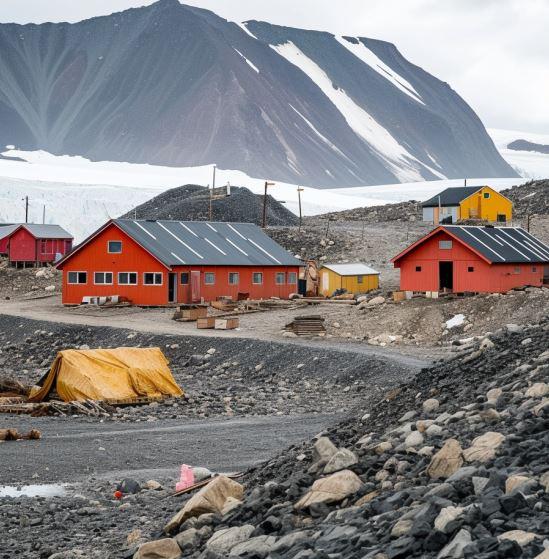Many mining and large-scale construction projects in remote areas require the establishment of workforce accommodation camps to house the large numbers of employees needed. These camps, sometimes called "man camps", serve an important purpose in supporting industries that play a vital role in the Australian economy but are located far from existing towns and communities. This article will explore the different types of accommodation camps commonly used, as well as the requirements and standards they must meet to ensure the health, safety, and wellbeing of workers residing in them.
Types of Workforce Accommodation Camps
There are a few main types of camps established to house remote workforces:
Mining Camps
Mining camp accommodation are accommodation facilities located directly on mining lease areas to house employees working at those mine sites. They typically consist of transportable accommodation units along with dining, recreational and other support facilities all within the mining lease boundaries. Mining camps provide close accommodations to the work areas without requiring long daily commutes.

Construction Camps
Similar to mining camps, construction camps are temporary camps set up near large infrastructure or civil engineering project sites to house the workforce during the construction period. These may consist of modular or transportable buildings that can be easily assembled and disassembled as projects are completed. Construction camps allow workers to be on-site around the clock to meet project timelines.
Labor Accommodation Camps
Labor accommodation camps serve as a central accommodation hub for workers employed across multiple projects within a region. Located further from individual work sites than mining or construction camps, these larger facilities house employees who commute daily to different job locations. Labor accommodation camps help address housing shortages in remote towns due to large influxes of fly-in fly-out (FIFO) workers.
Requirements for Workforce Accommodation Camps
Regardless of type, all Mining Camp Accommodation operating in Australia must meet certain health, safety, welfare and standard-of-living criteria to protect resident employees. Key requirements include:
Accommodation Standards
Housing must be of suitable condition, quality and design. This includes factors like building integrity, ventilation, lighting, noise buffers, security and cyclone-proofing where applicable. Accommodations should also consider location risks like dominant wind directions and proximity to work sites.
Health and Hygiene
Camps must have adequate provisions for clean drinking water, wastewater treatment, hygienic food preparation and dining facilities. Environmental health risks related to vectors, waste management, contaminated lands and air/water/noise pollution must also be properly mitigated.
Emergency Planning
Clear emergency response plans, first aid facilities, muster points and evacuation procedures are vital considering the remote locations. Fire safety, emergency communications and emergency equipment/vehicles are regulated.
Recreation and Wellness
Fitness facilities, recreational programs and psychological support resources help promote workforce health, wellbeing and morale. Ergonomic camp designs also aim to counteract risks of fatigue and occupational injuries.
Alcohol Management
Policies around alcohol consumption vary between "wet" and "dry" camps but must uphold laws around responsible service, intoxication and disruptive behavior to minimize safety and social risks.
Benefits of Workforce Accommodation Camps
When properly planned and operated, workforce accommodation camps provide many benefits to employers and employees alike, including:
- Reducing commute times by housing workers on-site or locally
- Enabling uninterrupted 24/7 operations through on-site accommodations
- Lower overall project costs by reducing travel/accommodation allowances
- Improving workforce health, safety and productivity through dedicated facilities
- Addressing housing shortages in remote regions due to large project workforces
- Fostering stronger team culture and camaraderie through on-site living
Workforce accommodation camps play an essential role in supporting many major industries that operate across vast remote regions of Australia like mining, oil/gas, construction and infrastructure. When designed and managed properly with high standards of health, safety and quality of life, these specialized camps provide an invaluable service in housing the workers whose efforts are critical to economic growth.

